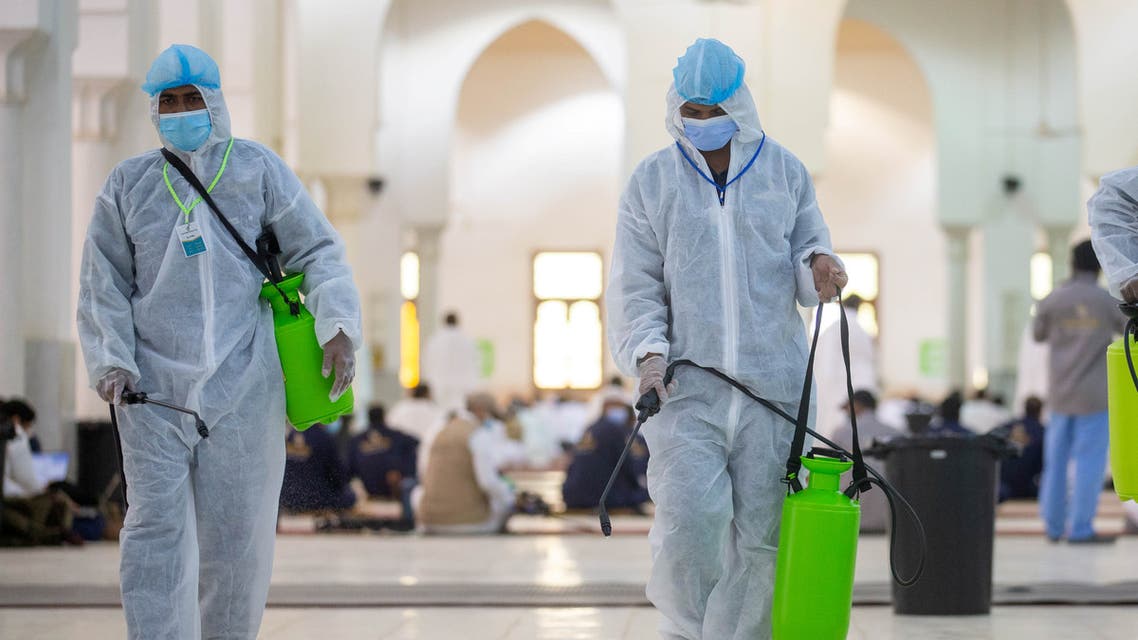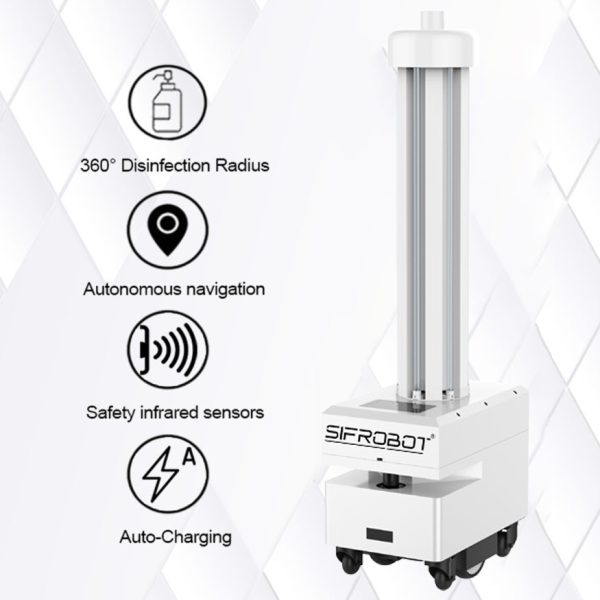
Introducing Robots to Video Conferencing
March 24, 2021
Deploying Robots for Pest Control in Greenhouses
March 27, 2021Even with adherence to physical distancing and thorough disinfection, multiple different households convening in a congregational setting to worship carries a higher risk for widespread transmission of the virus that causes COVID-19, and may result in increased rates of infection, hospitalization, and death, especially among more vulnerable populations.
In fact, According to the SOP, religious places should be disinfected three times a day, hand wash facilities along with soap dispensers should be available for mandatory hand wash at the entrances, prayers and rituals should be performed while maintaining social distancing.
For example, Mecca authorities, in Saudi Arabia, have been using 54,000 liters of disinfectants per day to sanitize the holy Grand Mosque during this year’s Hajj season as a precautionary measure against the spread of coronavirus, according to officials.
The General Presidency of the Grand Mosque and the Prophet’s Mosque said that cleaning operations were carried out by 3,500 workers during the past several days who sanitized the inner and outer courtyards of the Grand Mosque up to 10 times a day.
However, the disinfection process can be challenging and time consuming when performed according to traditional ways. Disinfectant spraying method can also be inconvenient from an environmental and economic perspective when applied to large areas. The UV disinfection technology has been around for centuries and it’s been only restricted to water sterilization. Regardless, many have resorted to the latter technology since the outbreak of the pandemic. The UV disinfection main essences are: effectiveness, eco-friendliness and rapidity, which makes it suitable for frequent disinfection of the facilities.
Nonetheless, implementing the technology has faced some limitations, such as the considerable startup budget required to equip every area or corner of an establishment with a UVC lamp, although it can be a remunerative investment in the long run.
The UVC disinfection robots make up for this limitation. Some robots such as the Autonomous UVC Disinfection Robot: SIFROBOT-6.57 can navigate autonomously, avoid obstacles, recharge itself automatically and more while delivering the UV light of 8 lamps to every corner and hard-to-reach areas of a facility or a religious space. The robot also can execute multiple patrols per day and can be used before and after each prayer to maintain a healthy environment for religious practices.
References: Coronavirus: What are the rules for places of worship?




